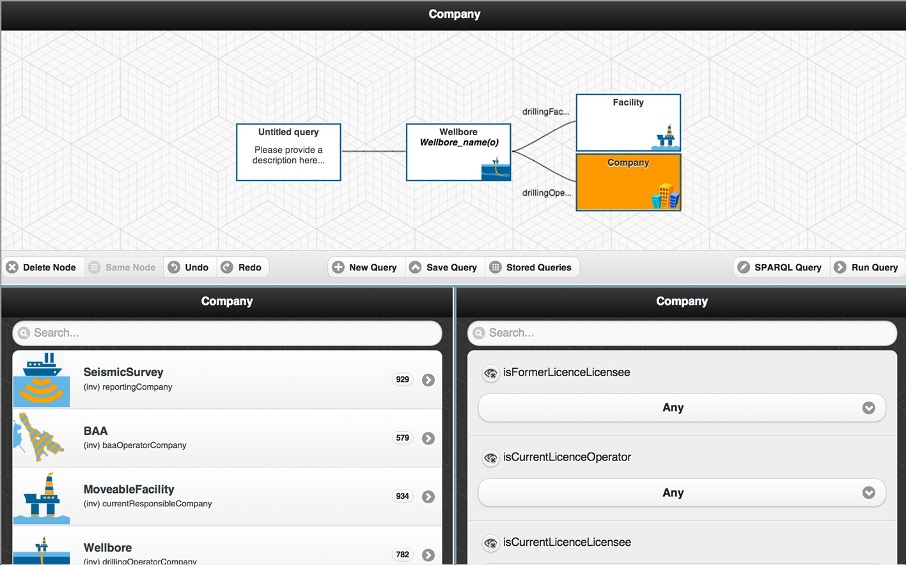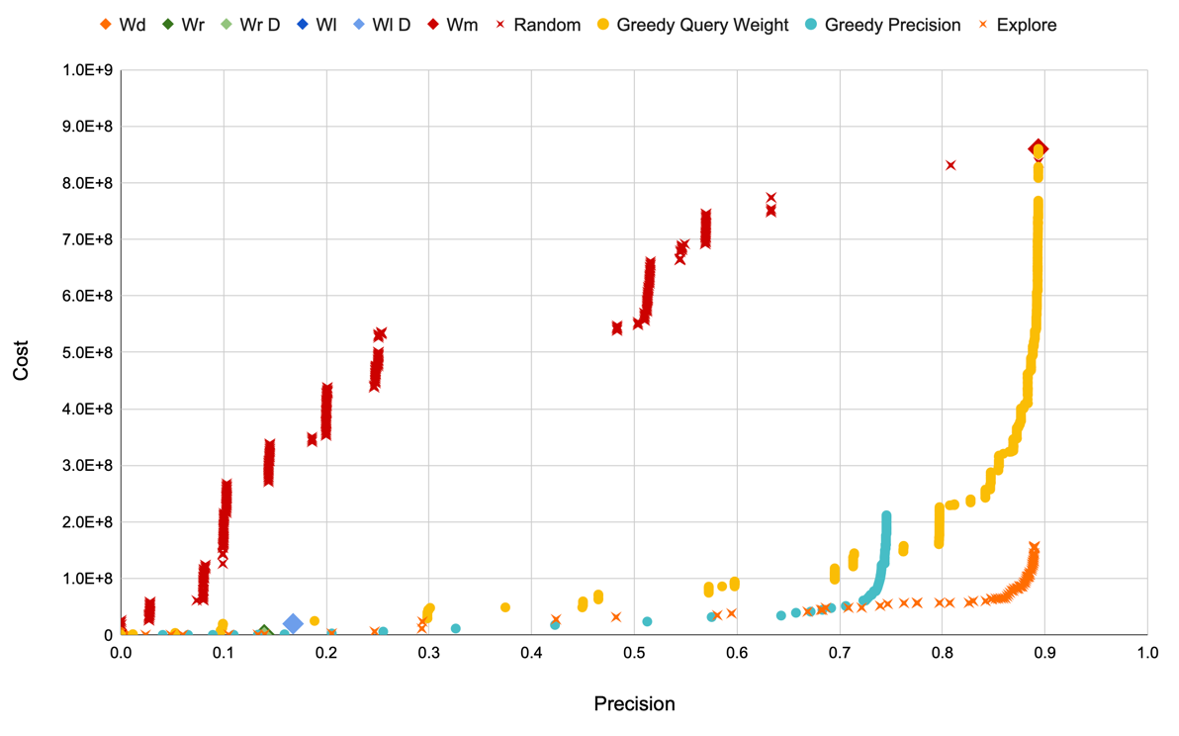Ontology-based User Interfaces – Adaptive Query Filters in OptiqueVQS [PhD Project]
With the increased use of ontology-based data, we need systems that allow users to access the data even if they do not have experience with the relevant query language: SPARQL. One way to do this is by making a visual query interface: an easy-to-use system that allows the users to construct SPARQL queries by combining classes, properties, and filters visually.




